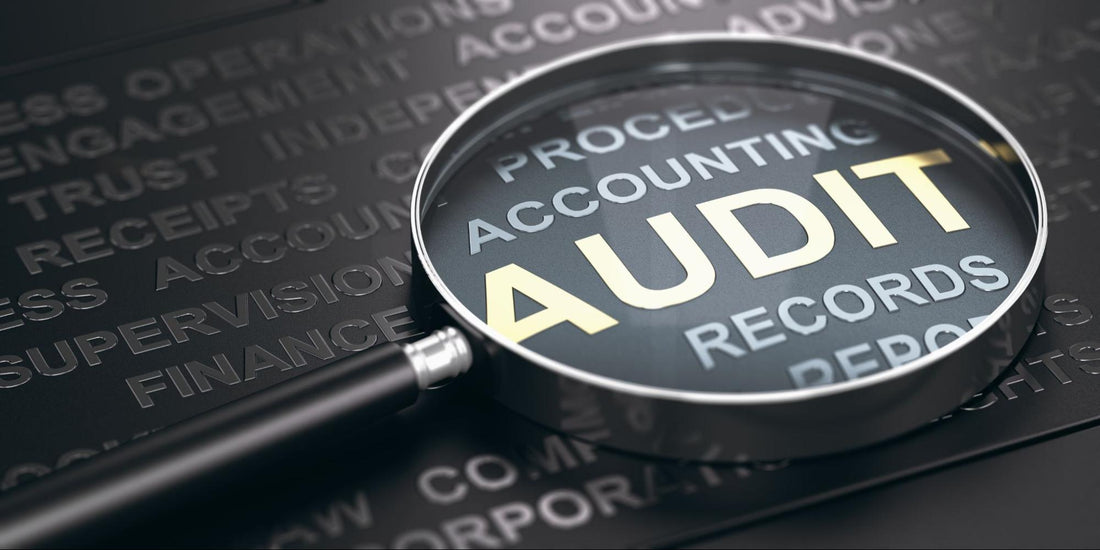Preparing for an RTO Audit can be a daunting task. To pass an RTO audit, the RTO must possess the necessary systems, procedures, and verifications to comply with the relevant regulations. This includes having quality learning resources, qualified trainers and assessors, and other things that are expected by the regulatory body.
To prepare for an audit, the RTO should always stay up to date with the latest regulations. We have included below a few steps for you to follow:
- Understand the requirements of the National VET Regulator: The RTO must comply with the standards set by the National VET Regulator. Ensure that you are well versed in the NVR requirements, which include registration and accreditation, training and assessment, and quality assurance.
- Create an audit team. This team should consist of someone from each area of the organisation and should be able to answer questions about their respective areas. Make sure your audit team includes fair, unbiased and experienced auditors.
- Prepare for the audit. Ensure your staff is familiar with the audit process and that all documents, policies and procedures are up to date.
- Create a checklist. Create a checklist of the areas that need to be reviewed and the evidence that needs to be provided.
- Ensure you have a quality management system in place: Having a quality management system (QMS) in place is a requirement for all RTOs. You will need to have a documented QMS that is regularly updated and reviewed.
- Ensure your staff are adequately trained: All staff must be adequately trained in their areas of responsibility. Ensure that your staff are aware of their responsibilities relating to the audit process and that they understand their obligations concerning the NVR requirements.
- Create a document folder. Create a document folder for easy access to all the documents you will need to provide during the audit.
- Have your policies and procedures in place: Ensure that all relevant policies and procedures are available and up to date. This includes policies for enrolment and induction, complaints and appeals, and training and assessment.
- Audit your records: Audit your records to ensure that they are up-to-date and accurate. This includes student records, financial records, and training and assessment materials.
- Review your management system: Review your QMS to ensure it is up to date and covers all areas of your operations.
- Review your training and assessment materials: Ensure that you have the most up-to-date and compliant training and assessment materials available. This includes your training and assessment plans, assessment procedures and resources, and assessment tools. The assessment resources must meet the requirements set by the AQF, training package, principles of assessment and rules of evidence. The learner resources must meet the requirements set by the AQF and training package. The resources must also be written according to the best practices in the industry,
- Review assessment practices, validation outcomes and results: Ensure that your assessment practices comply with the NVR requirements and that your assessment results are accurate.
- Ensure your trainers and assessors are qualified: Ensure that all of your trainers and assessors are qualified and competent. Their skills must also be verified through the industry.
- Review your training and assessment activities: Ensure that your training and assessment activities are meeting the NVR requirements.
- Ensure your trainers and assessors are familiar with the NVR requirements: Ensure that your trainers and assessors are familiar with the NVR requirements and that they are consistently meeting them.
- Update your risk management system: Ensure that your risk management system is up to date and that it is regularly reviewed and updated.
- Review your student handbook: Ensure that your student handbook is up to date and that it contains all relevant information relating to the NVR and other requirements.
- Review your staff handbook: Ensure that your staff handbook is up to date and that it contains all relevant information relating to the NVR and other requirements.
- Review your complaints and appeals procedures: Ensure that your complaints and appeals procedures are up to date and comply with the NVR and other requirements.
- Review your financial records: Ensure that your financial records are up-to-date and accurate.
- Review your marketing activities: Ensure that your marketing activities comply with the NVR and other requirements.
- Review your IT systems: Ensure that your IT systems are up to date and provide the necessary information required by the NVR and other requirements.
- Review your administration processes: Ensure that your administration processes are up to date and that they comply with the NVR requirements.
- Review your staffing and human resource policies: Ensure that your staffing and human resource policies are up to date and comply with the NVR and other requirements.
- Train staff on the audit process. Make sure all staff members are aware of the audit process and what is expected of them during the audit.
- Gather evidence. Collect evidence of your compliance with the Standards for RTOs 2015.
- Practice responding to questions. Practice how you will respond to questions during the audit.
- Check for missing documents. Check for any missing documents or evidence you have not collected.
- Conduct the audit. Work with the auditor to ensure that they are able to review your RTO and all supporting documents.
- Review the results. Review the results of the audit and make changes if necessary.
- Follow up on any recommendations. Follow up on any recommendations outlined in the audit report and make necessary changes.
- Submit the audit report. Submit the audit report to the government agency responsible for RTOs.
- Monitor ongoing compliance. Monitor ongoing compliance with the Standards for RTOs 2015 and make necessary changes when needed.
By being prepared and implementing the necessary procedures and processes, you will be able to ensure that your RTO is compliant and provide quality training.


































